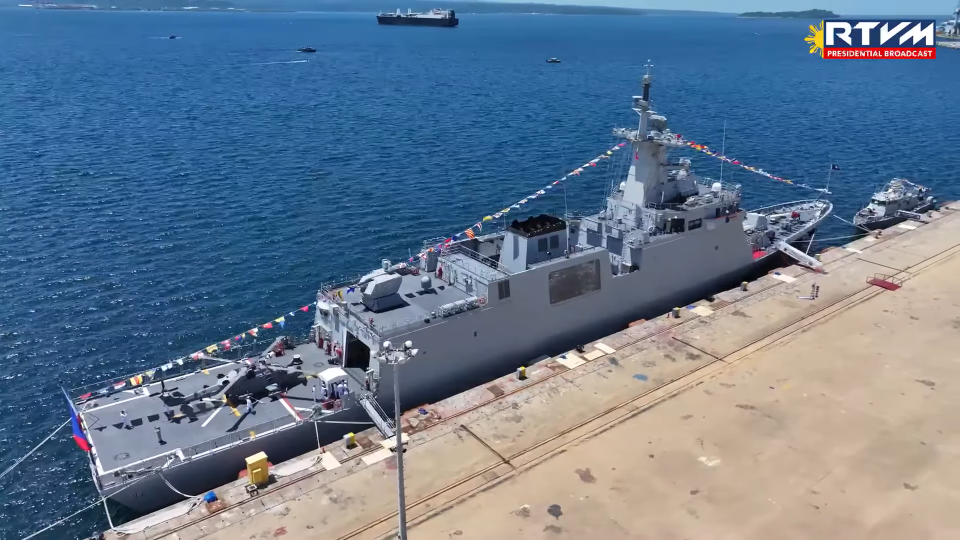
By Priam Nepomuceno | Philippine News Agency
The Philippine Navy (PN) formally commissioned into service two modern vessels on its 127th founding anniversary, as President Ferdinand R. Marcos Jr. led the rites on Tuesday, May 20.
Commissioned into service are the Navy’s brand-new frigate, the BRP Miguel Malvar (FFG-06), and the fast attack interdiction craft (FAIC-M), BRP Albert Majini (PG-909), at the Naval Operating Base in Subic, Zambales.
“The event marked a significant leap in the Navy’s modernization efforts under the 127th Founding Anniversary theme ‘Philippine Navy: Addressing Challenges, Promoting Regional Stability, and Strengthening Maritime Security’,” the PN said in a statement.
BRP Miguel Malvar, named after the last Filipino general to surrender during the Philippine-American War, arrived from South Korea last April 4.
Equipped for anti-ship, anti-submarine, anti-aircraft and electronic warfare systems, the 118-meter vessel features advanced sensors and weapons systems and is designed for long-range, and multi-role combat operations.
Some of its weapons include a 76mm Oto Melara main gun, C-Star missiles surface-to-surface Blue Shark anti-submarine torpedoes. The Department of National Defense and South Korean shipbuilder HD Hyundai Heavy Industries signed the P28 billion contract for two guided-missile corvettes on Dec. 28, 2021.
BRP Miguel Malvar’s sister ship, the prospective BRP Diego Silang (FFG-07), was launched on March 28 and is expected to be delivered to the Philippines by June or July.
The two ships will serve as backstops for the guided missile frigates BRP Jose Rizal (FF-150) and BRP Antonio Luna (FF-151).
Further, BRP Albert Majini, the eighth Acero-class FAIC-M, is the first locally assembled missile-capable patrol vessel in the country.
Named after Medal of Valor awardee Ensign Albert Majini PN, the ship honors his gallantry during anti-piracy operations in Basilan in 1980.
BRP Albert Majini is built for rapid interdiction and coastal operations under the PN’s Littoral Combat Force.
The commissioning of these two vessels strengthens the service’s capability to address current and emerging maritime challenges, bolstering its role in national defense and regional stability. (PNA)
